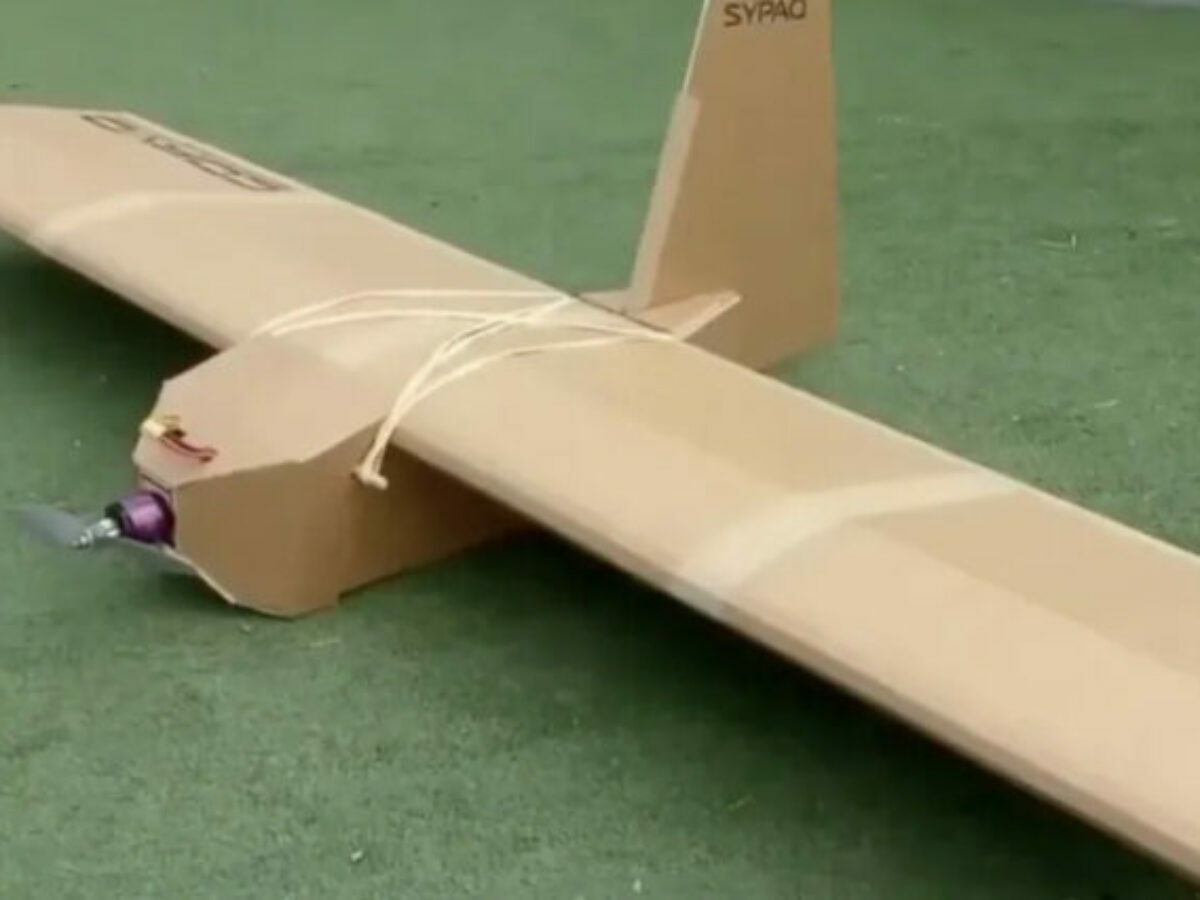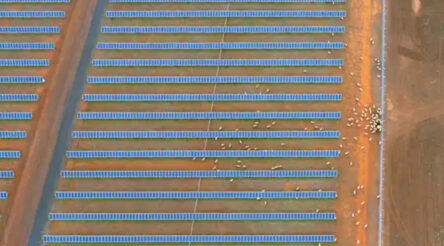Best of the week — the five most popular stories among @AuManufacturing’s readers

What were the five biggest stories of the week? Here’s what visitors to this site were reading.
5) Neo-Bionica launches onshore critical medical manufacturing process
Advanced MedTech contract manufacturer Neo-Bionica has revealed the expansion of its manufacturing services with the launch of its new hermitization capability – a first for Australian industry.
Hermitization is a critical capability in the development of implantable medical devices such as cardiac pacemakers, cochlear and other hearing implants, and deep brain and spinal cord stimulation.
The process is the creation of hermitically sealed enclosures that are crucial to ensure patient safety and a long service life for implantable devices and biosensors that utilise electronics.
4) Victorian government awards $500,000 to green methanol project
The Victorian government has announced $500,000 in funding for a feasibility study on Portland as a renewable methanol and hydrogen hub, to be conducted by Portland H2.
In a statement on Tuesday, the government said the study would examine the economics of converting plantation forestry residues to green methanol at the site.
It would also cover preliminary engineering and planning for a plant including a 100-megawatt electrolyser for green hydrogen.
Innovative design choices can have a massive impact in the theatre of war, so it is important to understand the principles behind their development.
Recent use of low-cost cardboard drones by Ukraine (pictured), supplied by Australia, to attack targets in Russia is a good example of how this can work, explains Paul Cureton of Lancaster University.
2) EOS demonstrates its laser ‘drone killer’ weapon
Defence and communications company Electro Optic Systems has demonstrated its high powered laser ‘drone killer’ weapon system in front of an international audience at the company’s Klondyke Range Complex in Western New South Wales.
The laser director is shown in the main photograph, mounted on a standard 20 foot container.
The directed energy weapon – seen by many as the future for anti drone systems – was tested in a first of its kind in Australia live demonstration in the presence of potential export customers from Europe, the Middle East, North America, and South East Asia.
1) How Cochlear’s manufacturing skills kept it onshore
Cochlear did all its manufacturing in Sydney for a very long time, and there is still a room today inside its factory at Macquarie Park in Sydney where hermitization takes place, writes Peter Roberts.
It is a clean room out of bounds to most staff, and contains automated laser welding systems that complete the process of making the Cochlear implant safe.
While Cochlear now also manufactures overseas, including in China, it has not experienced the failures that killed off Cordis and Telectronics.
Picture: credit Sypaq
@aumanufacturing Sections
Analysis and Commentary Awards Defence Manufacturing News Podcast Technology Videos










